The Four Seasons Barrier Reef Resort—a top-rated vacation destination in the 1980s—was once a floating hotel in Australia in North Korea. The hotel was originally intended to float over the John Brewer Reef, 70 km off Townsville, Queensland, Australia. It was a seven-story five-star facility.
The hotel featured two hundred rooms, bars, two top restaurants, a sauna, and a gym. On the outside, the hotel had an actual floating tennis court. It was a spectacular vacation destination, and it still lives in the hearts of former staff and residents.
The resort was initially the creation of Doug Tarca, a very respected and ardently remembered Australian developer from Townsville. The developer wanted to build a hotel on the Great Barrier to draw in international visitors. According to Robert de Jong, a curator at a local Townsville museum, the hotel was high-quality and expensive.
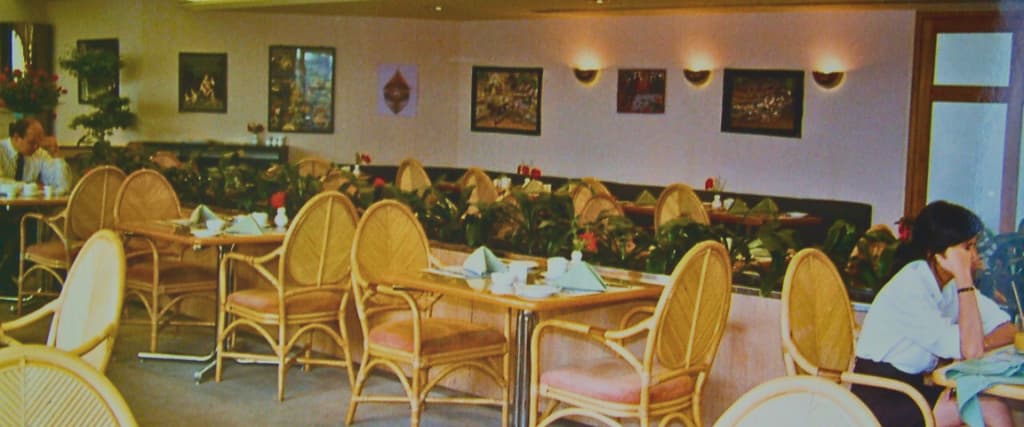
The resort had 176 rooms that could house 350 patrons. It also had two restaurants, a library, a nightclub, a research lab and a shop where guests could purchase diving gear. The hotel also featured a tennis court even though high chances are the tennis balls most likely ended up in the Pacific.
Initially, the plan was to permanently moor three cruise ships on site. However, after a coincidental run-in with a Swedish company famous for building floating residential halls for oil rigs, Doug Tarca came up with a new plan to put up a floating hotel.
Once the blueprint was complete, a Singapore-based firm began construction on the new hotel. Owing to the sensitivity of the proposed location, the hotel had to follow strict environmental restrictions in its layout. They were not allowed to discharge anything into the sea, and they had to use non-poisonous paint on the hull.
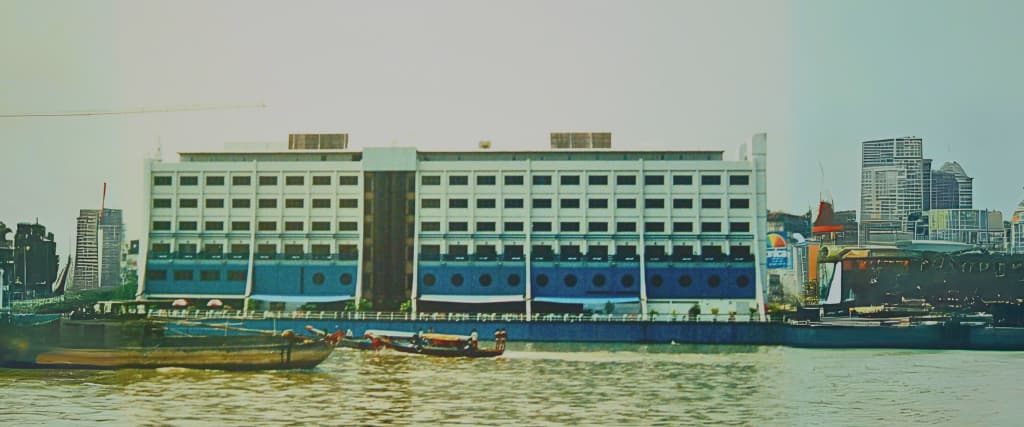
The builders were required to treat liquid waste and sewage before discharging them a few miles from the reef. They also incinerated all solid refuse and ferried the remaining debris to the mainland for disposal or processing.
In 1970, the hotel construction ended. The entire construction cost $40 million. But, there was a disagreement over payment terms which dragged on till January 1988, when the hotel was officially delivered.
The payment dispute was only the start of the hotel’s problems. A cyclone hit the hotel shortly after delivery, and it couldn’t be opened to visitors for two months. In March 1988, the hotel was officially opened. Unfortunately, the profitable northern hemisphere visitor market in Australia was lost. This cost investors millions in lost income.
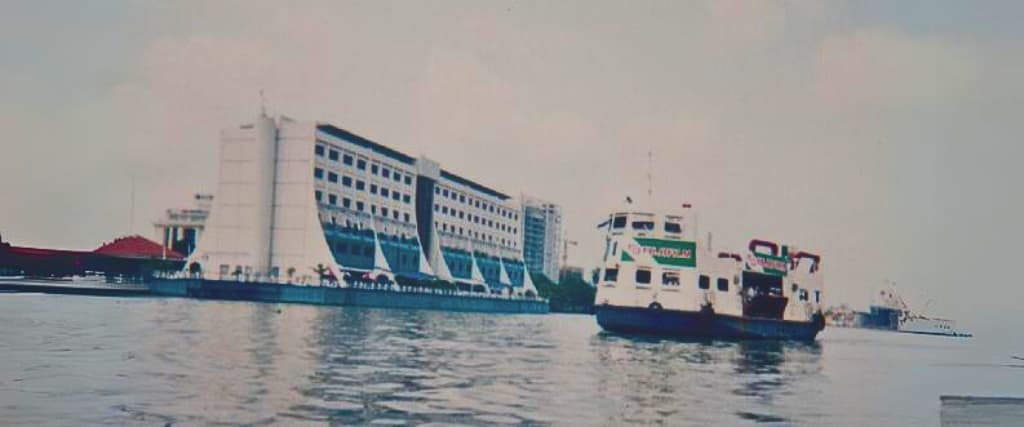
Apart from this, the hotel was difficult to locate. You had to ride a 70 km water cab to get there. The waters were rough and hindered the transport of visitors to the hotel.
A catamaran used to ferry mainland visitors and supplies was engulfed in flames at one time. Luckily, there were no casualties. However, the resort’s public relations suffered severe damage.
As a result of poor management, bookings began drying up. Under such acute financial pressure, the facility became too expensive to operate.
In just over one year, the once aspiring floating hotel was foreclosed. The hotel was sold to a Vietnamese owner who moored in the Saigon River and changed its name to the Saigon Floating Hotel.
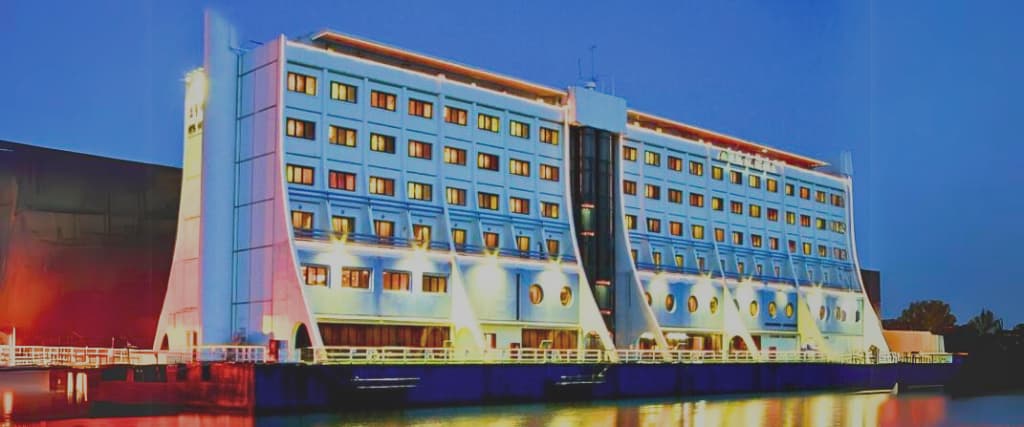
At the time, Vietnam was a leading tourist destination, and the hotel’s distinct qualities would fill the increasing need for plush visitor accommodations. As the hotel was pre-packaged and ready to use, it appeared ideal.
This tactic paid off. The Saigon Floating hotel became a popular visitor spot. Sadly, new financial challenges forced the resort to close its doors to visitors. However, the facility’s distinct qualities caught the attention of a prospective buyer from North Korea.
After a change in ownership, the hotel was hauled and docked in North Korea’s Mt. Kumgang. The new owner changed its name to Haegumgang or Sea Kumgag Hotel. It was launched in 1998 to attract visitors from South Korea.
In July 2008, a soldier from North Korea unintentionally shot and killed a South Korean woman who had unknowingly wandered into a restricted military area. Tours stopped immediately. After this tragic incident, no one offered to buy the hotel, and to date, it’s still moored in place ever since its closure in 2008.
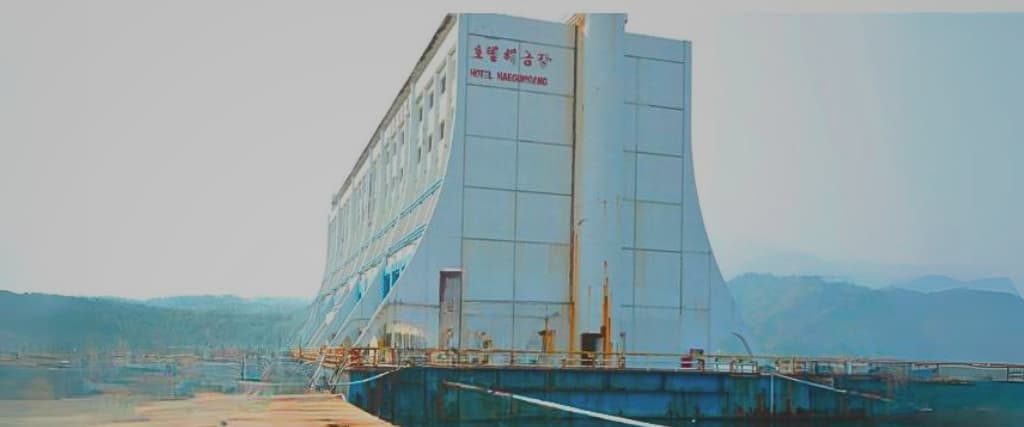
Recently, the resort made headlines when the North Korean president made some unfavourable comments about it. Kim Jong-un expressed his displeasure with the slowly rusting facility and compared it to temporary tents in a disaster-hit region.
After his tour, the North Korean leader ordered the “dilapidated” and “backward” facility to be torn down immediately. To this day, many Townsville locals are sentimental about the hotel. Many people view the facility’s unglamorous end as an unjust end to the story of this once ambitious project.
Today, the resort is remembered at the Townsville local museum, where a scale replica of the hotel is on display. The exhibit also features more information and relics from this extraordinary floating hotel.
